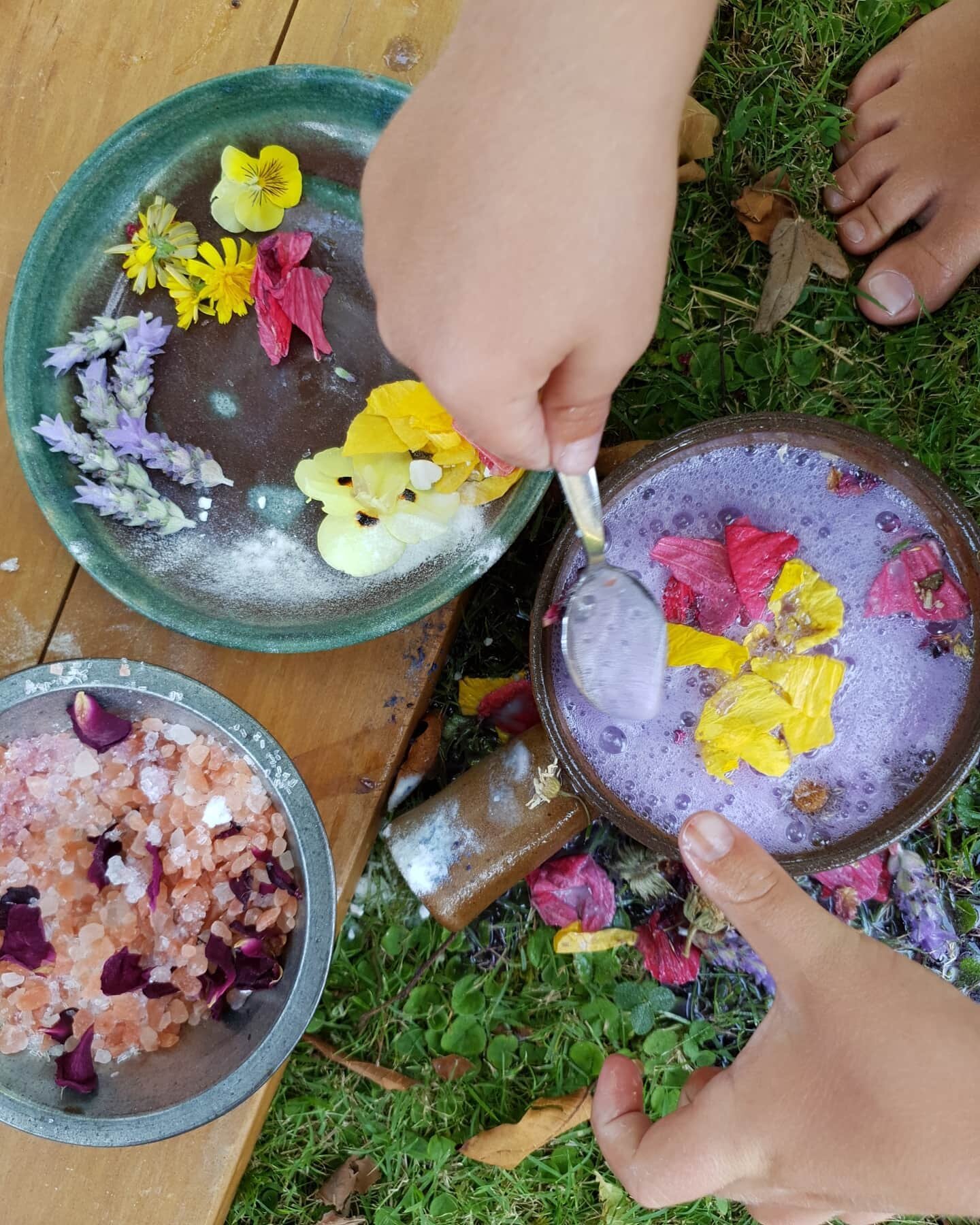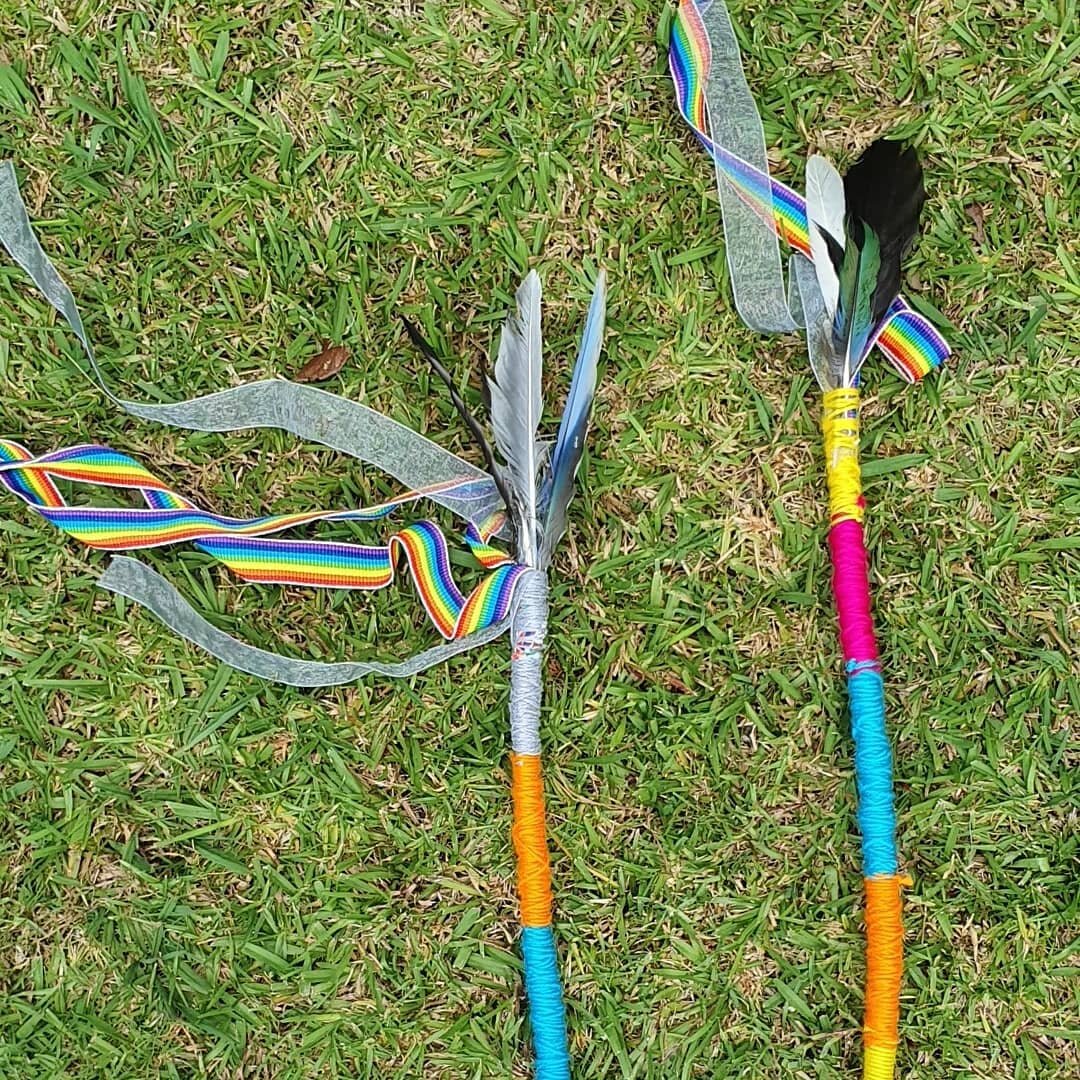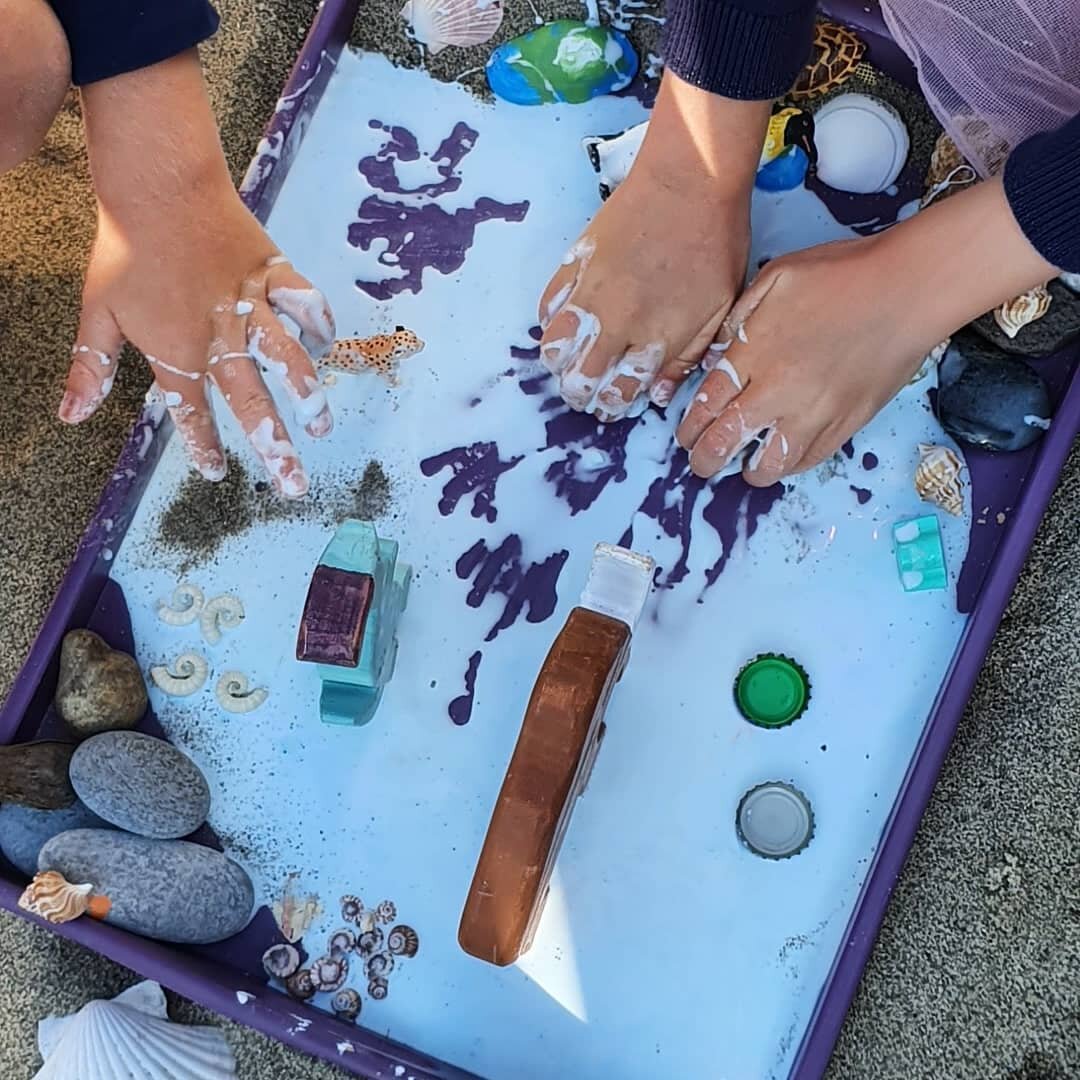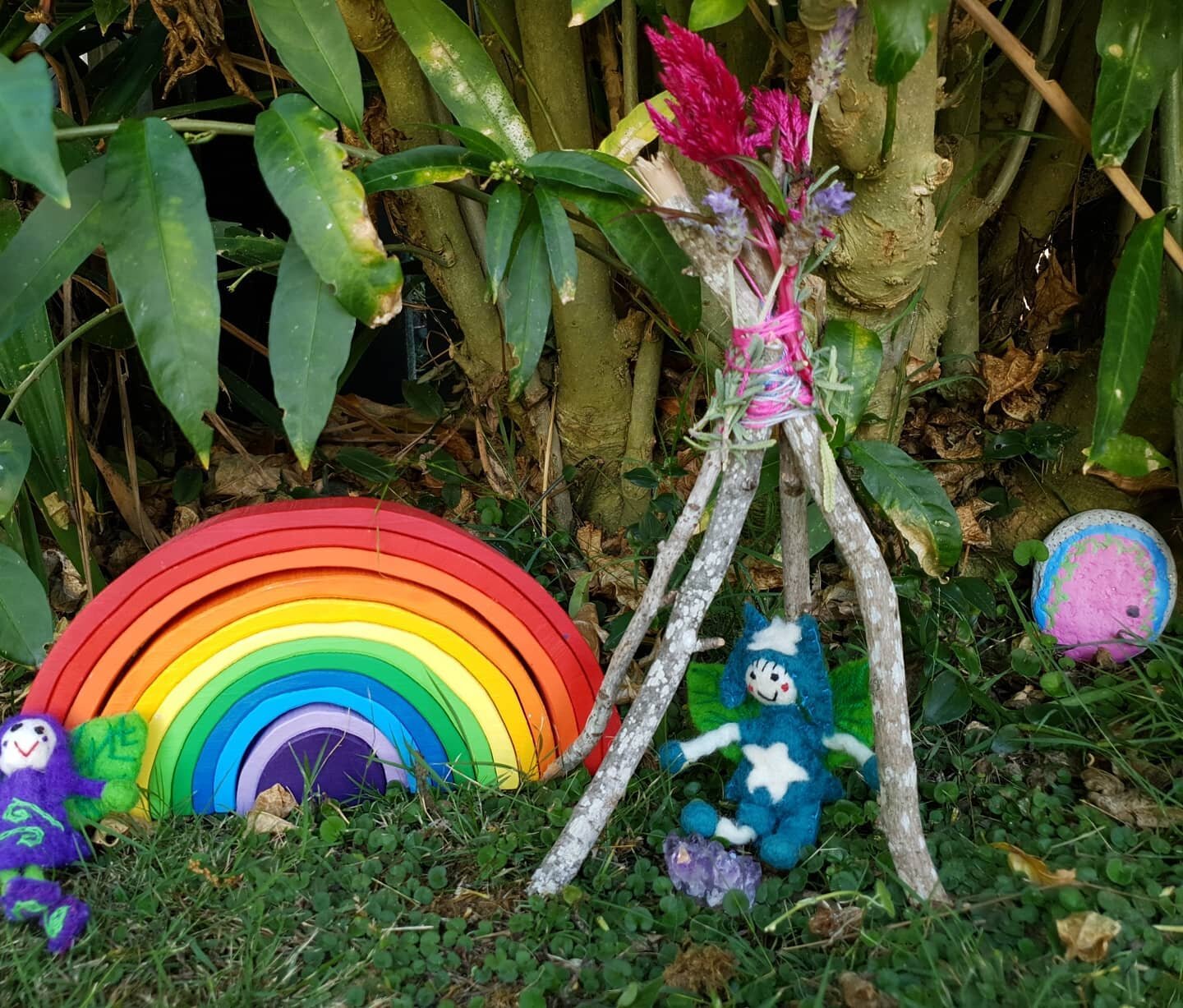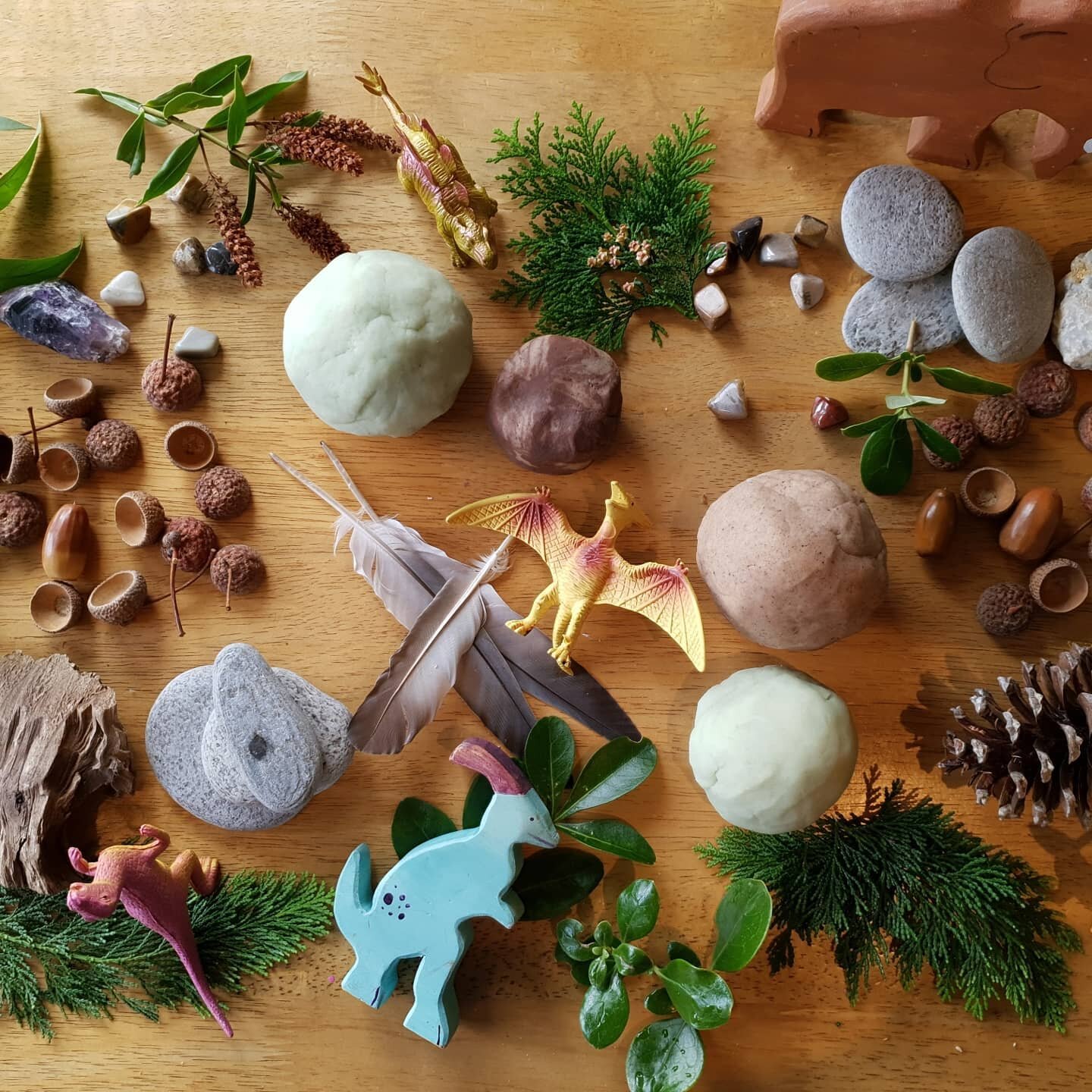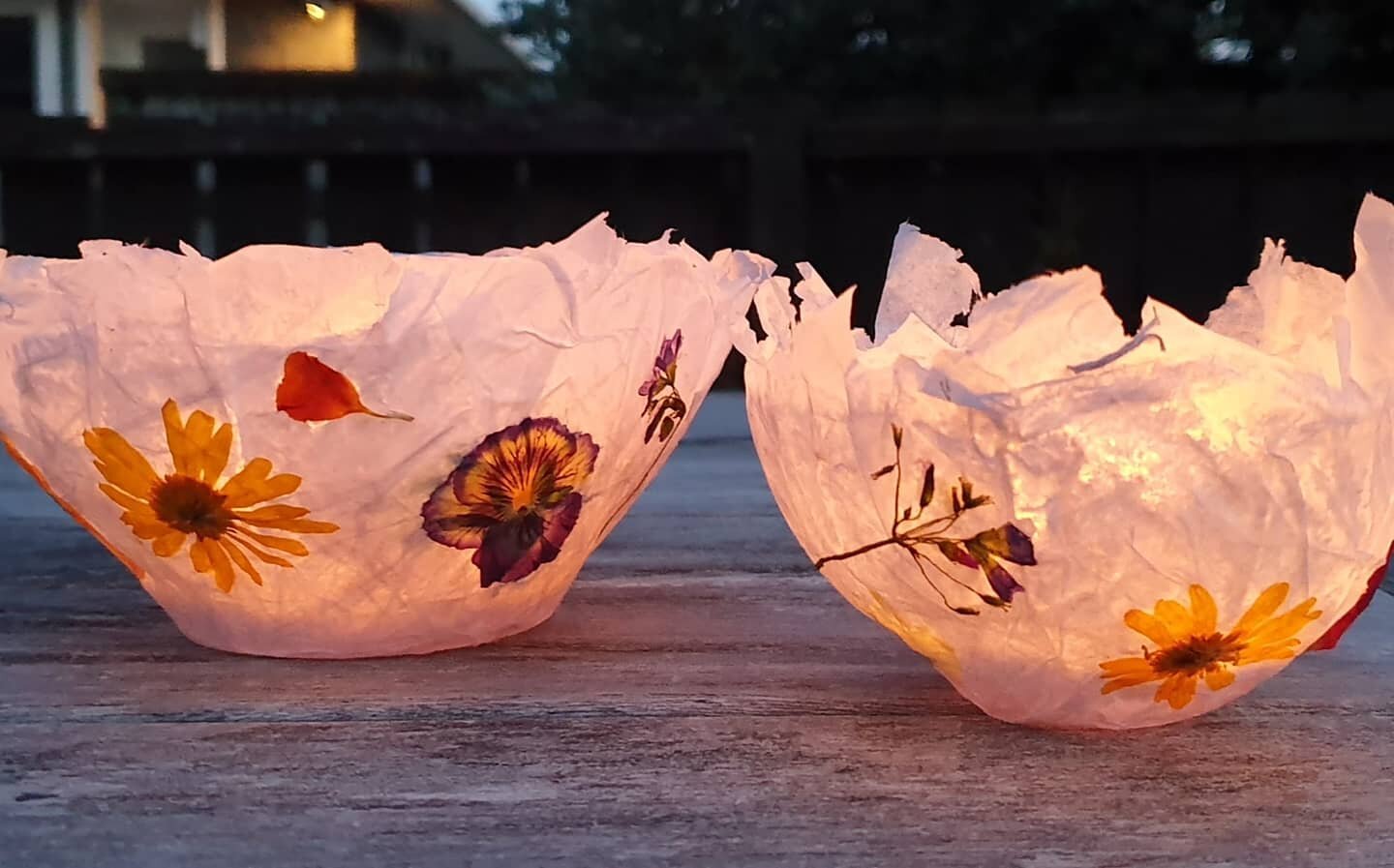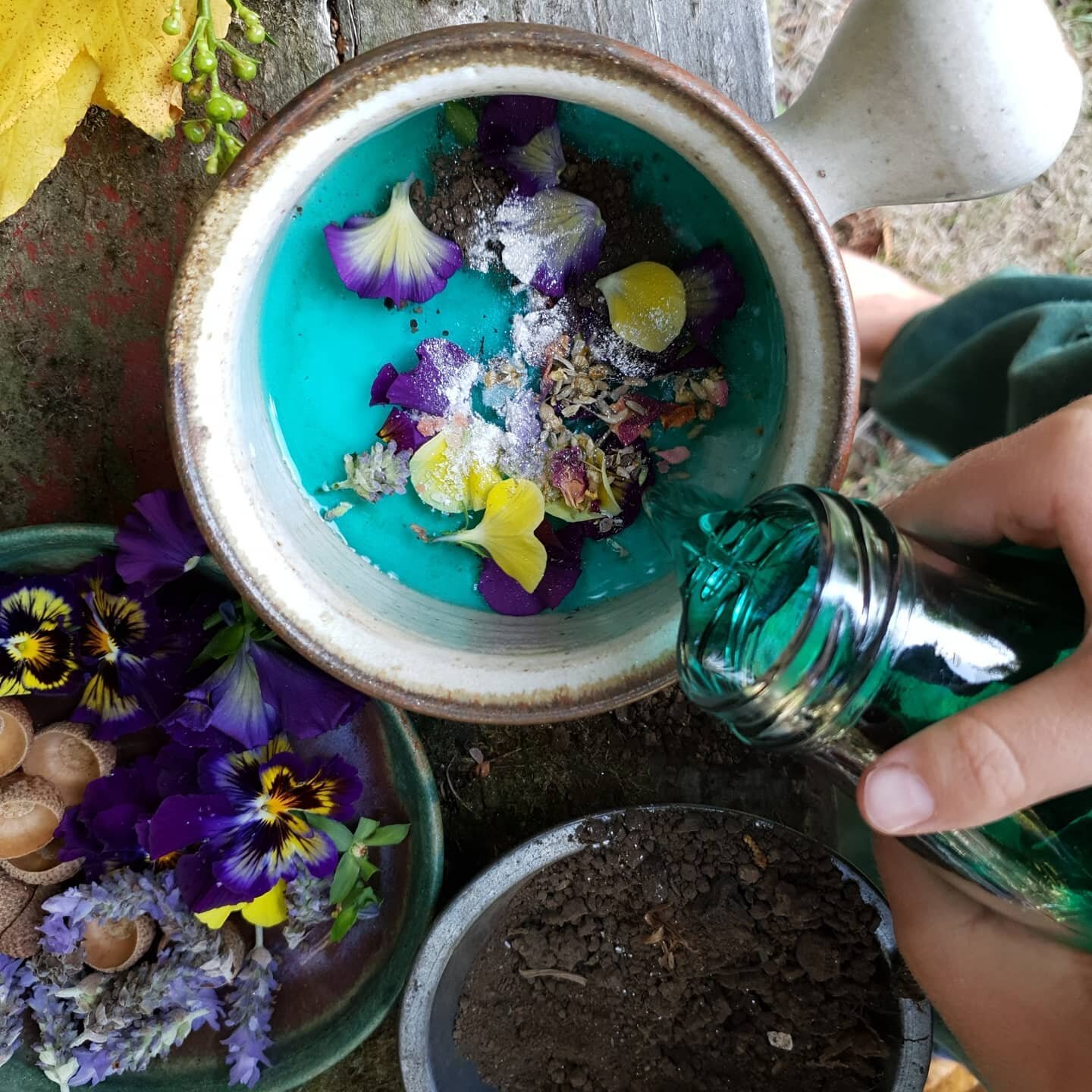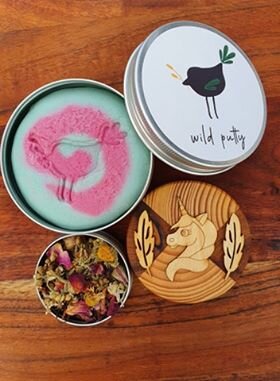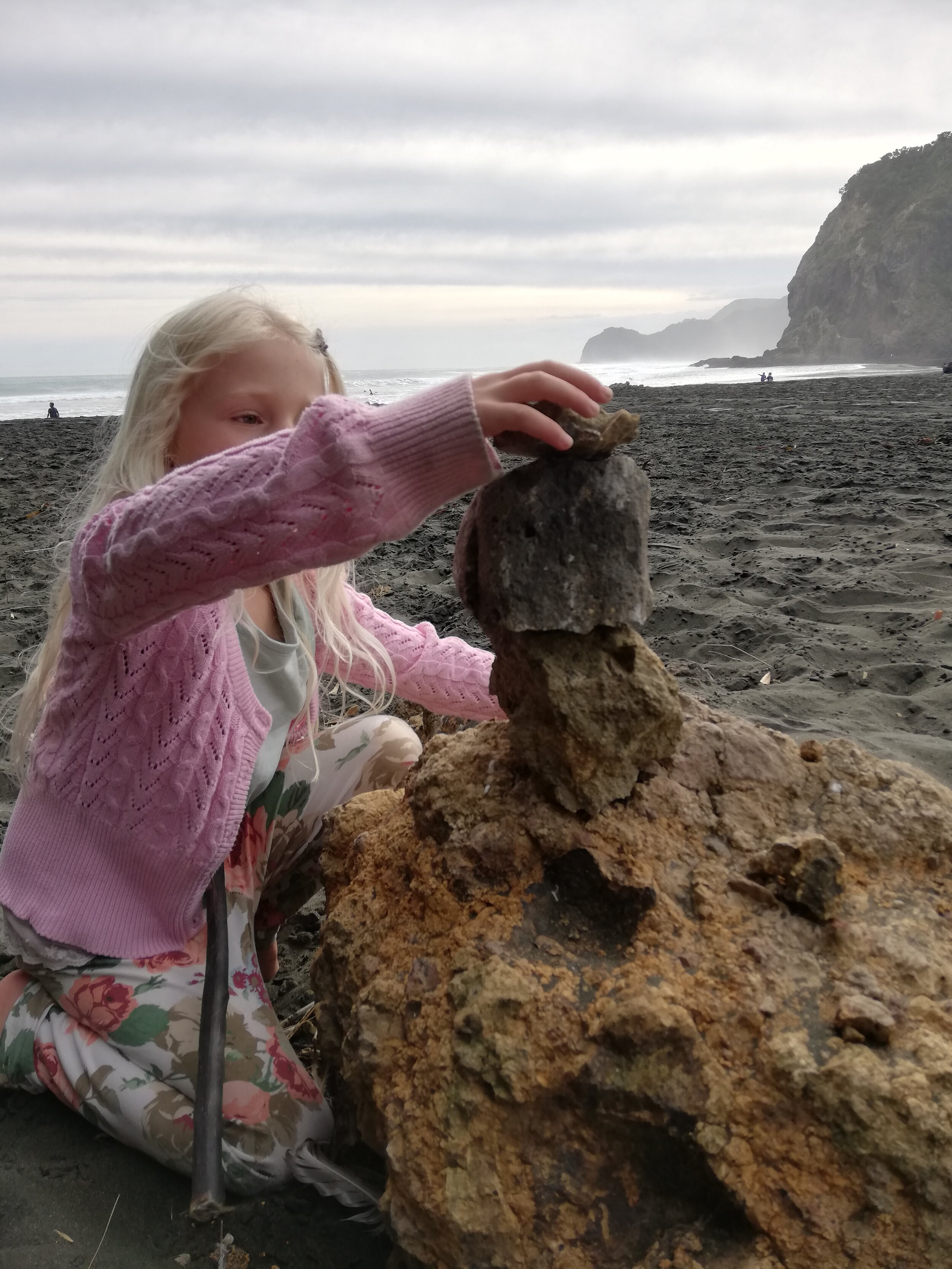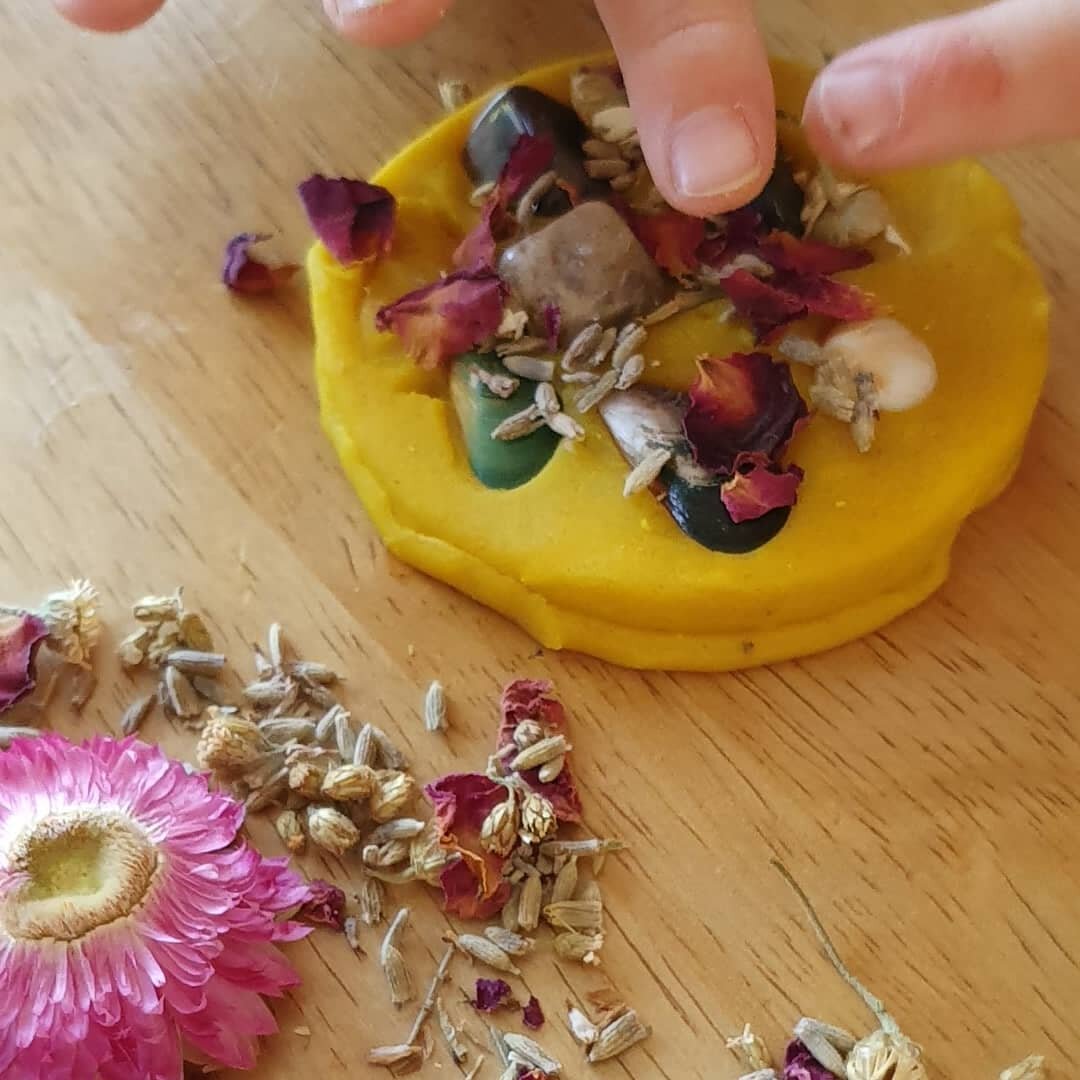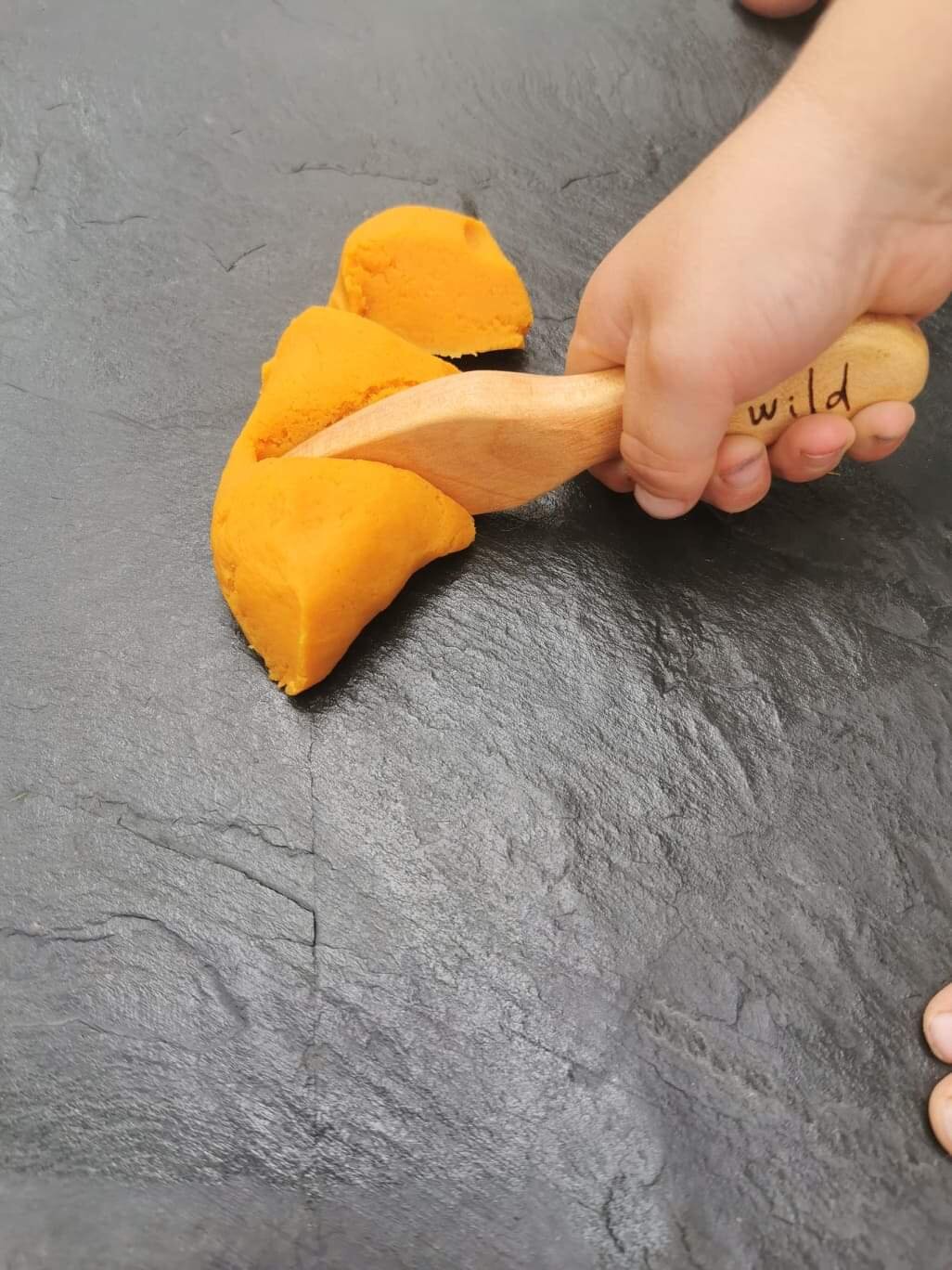Engaging Schemas with Nature Play
Play can more often than not seem random to the casual observer. But if you watch a child over a period of time, patterns start to emerge.
You may have heard of these patterns being referred to as a schema fascination.
Put simply this is our children developing working theories about the world around them. They develop these threads of thought by trialling, testing and revisiting these theories in multiple ways. It is likely that your child is working on multiple schemas at a time but one or two are normally more dominant and these preferences may change over time.
Nature Play is a wonderful way for you and your child to support this natural desire for learning through play. This can be just looking differently at your time in the garden or purposefully setting up play invitations that include natural elements.
Why should I care about schemas?
When we as parents are able to recognise this need that our child has for learning we can then support them. A trajectory schema for example could be seen as undesirable behaviour when throwing a stone near another child or animal. If you are able to redirect this need for trajectory into a positive outlet like jumping into a puddle or dropping sticks from a tree, you are defusing the situation but still respecting their need to explore different aspects of this learning. If you can engage them with meaningful play opportunities you will have a happy and settled child as well as being able to hold their attention for much longer, leading to a natural evolution and exploration in their play.
Here are some common schemas and how you can support your child with play:
Transporting - moving things from one place to another. You might find that your child is always carrying things - emptying pockets full of little treasures or finding random things in all of your bags. Any sort of trolley is a hit with these kids. It’s more about the movement then the objects that are being moved.
To engage a transportation schema
Go on a Nature Hunt – Go for a walk and let them fill a kete with goodies. Bringing them home for more transporting fun with their treasures or engage in some nature crafts with their finds (see our Nature Hunt pos
Tipping and pouring - offer them water in a variety of containers. The action of pouring the water from place to place engages them for hours. Adding colour, texture and chemistry adds to the fun (see our post on Potion Play)
Sorting tray – if may be just used for carrying things about but a lot of children will love the movement within the tray, sorting natural items with a spoon or tongs (see our Sorting Trays in our store)
Trajectories – an interest in how things and themselves move.
Kid with a trajectory schema often love to throw everything. But they also like to roll, drop and jump. All
aspects of movement horizontal and vertical are often explored. It could be with their own body movement or an object.
To engage a trajectory schema
Dropping objects - collect an array of natural objects to drop. You could compare how a leaf differs from a stone or a feather compared to a stick
Climb a tree
Boats – make a simple leaf or twig boat that will float down a stream. Have a race, following them as far as you can
Transforming - This child loves to change their appearance whether by putting on a costume or by changing their posture. It can seem like they always make a mess in their pursuit of change. Paint colours get mixed, boxes get emptied, nothing stays the same!
To engage a transforming schema
Potions – colour changes and other chemical reactions will really excite any child with a transforming schema. Check out our range of potions and our posts on potion play and mixing
Magic wands – these children could enjoy winding colourful yarn around a twig. Provide some natural decorative items like flowers, leaves and shells to transform their creation. This can lead on to a whole world of imaginary play (see our post on Magic Wands)
Ice – ice play is the ultimate transformation experiment, allowing kids to indulge their transforming schema while learning about changes of state. Try offering flowers and other natural resources to add to water. Help them
explore the ice once frozen. You could try sprinkling it with salt or smashing with a hammer to create new changes. Check out our ice eggs post on our Instagram or Facebook
Enclosing and Enveloping – These children love to climb into a box. They may spend hours creating a masterpiece just to cover their artwork in paint. They bury things in the sand and encase the playdough tools inside the playdough. More paint could end up on their person than on the paper in front of them.
To engage an enclosing and enveloping schema
Sensory play – a tray of blue cornflour gloop could become an amazing sea scape. Provide shells and sea creatures for them to hide in the gloop or just watch as they cover their hands in this amazing sensory
(see our gloop posts on our Instagram or Facebook ).Huts – anything to hide in will be a big hit. Branches bound together like a teepee is a great nature-based hut, or drape a blanket over a tree branch.
Playdough – playdough is an amazing base to any play invitation, especially an enveloping invitation. You can alter what resources you put with it to suit your child’s current interest. An enclosing or enveloping schema will most likely layer different colours, encasing them as they go. They might make little caves or homes for creatures or completely enclose treasured items inside playdough balls or eggs. Provide them with lots of natural resources like gems, shells and flowers. Little peg dolls are perfect for these setups. Check out our dough and clay range and our dough accessories for some options.
Papier-Mache – using paper and a basic paste to cover an object will appeal to an Enclosing and Enveloping schema. Check out our Papier-Mache lantern post on our Instagram or Facebook
Rotation- this child loves anything that turns. They might ask for the swing to be wound up so they spin when let go. They enjoy cartwheels, spinning, or hanging upside down. They probably love anything with wheels or cogs.
To engage a rotation schema
Potion play – add rollers, hand mixers with cogs or a mortar and pestle to your potion play. Watching flower petals rotate in a bowl of water can be mesmerizing.
Sensory play – any sort of natural slime or even sand that they can run their fingers through and make big rotations with their fingers will satisfy kids with a rotation schema. Try adding songs with rotation themes like the wheels on the bus or a-ring-a-rosy. Check out our Aquafaba post for a fun natural alternative to slime.
Big body movement - roll down a hill or in the long grass, or simply spin around and around until you fall down! - followed by some rest and cloud watching. Create a climbing frame that safely allows them to explore hanging upside down and rotating their body.
Connecting and Disconnecting - while these two activities are opposites, they are often combined as a schema as many kids show an inclination toward both. Connecting is building block towers, making endless train tracks and tying things together. Disconnecting is knocking the tower down, jumping on a sand castle or scattering items everywhere.
To engage a Connecting and or Disconnecting schema
Rock stacking - pile rocks of different shapes and sizes to create sculptures. Then knock them down again.
Blocks - use blocks made of natural materials to allow a constructing kid to explore all of the different ways to create, connect and build (see our range of wooden blocks and stackers)
Playdough - free play setups using playdough as a base will allow any child with these tendencies
lots of opportunities to connect and disconnect. Being super transformative playdough lets kids create their own parts, connecting and disconnecting as they please. (See our range of Dough and Accessories)Leaf threading - an older child might love the action of threading leaves onto string until they have a long bunting.
These are just a few simple ideas for fun schema engagement.
If you are looking for more in-depth information many researchers here in New Zealand have done studies into “schema learning theory”.
A good starting place could be Getting Started with Schemas by Nikolien van Wijk.
Follow us on Instagram or Facebook for lots of play inspiration.
@alittlewild.nz
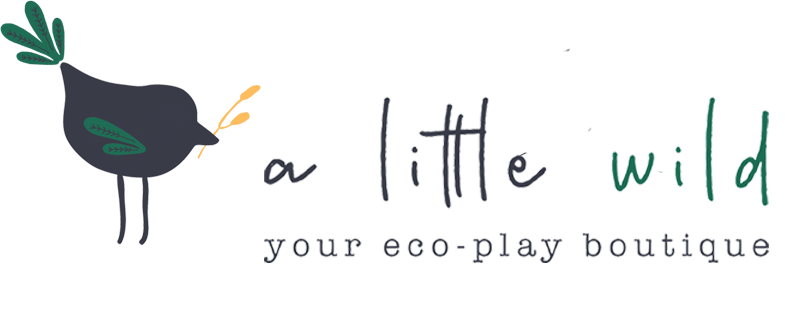

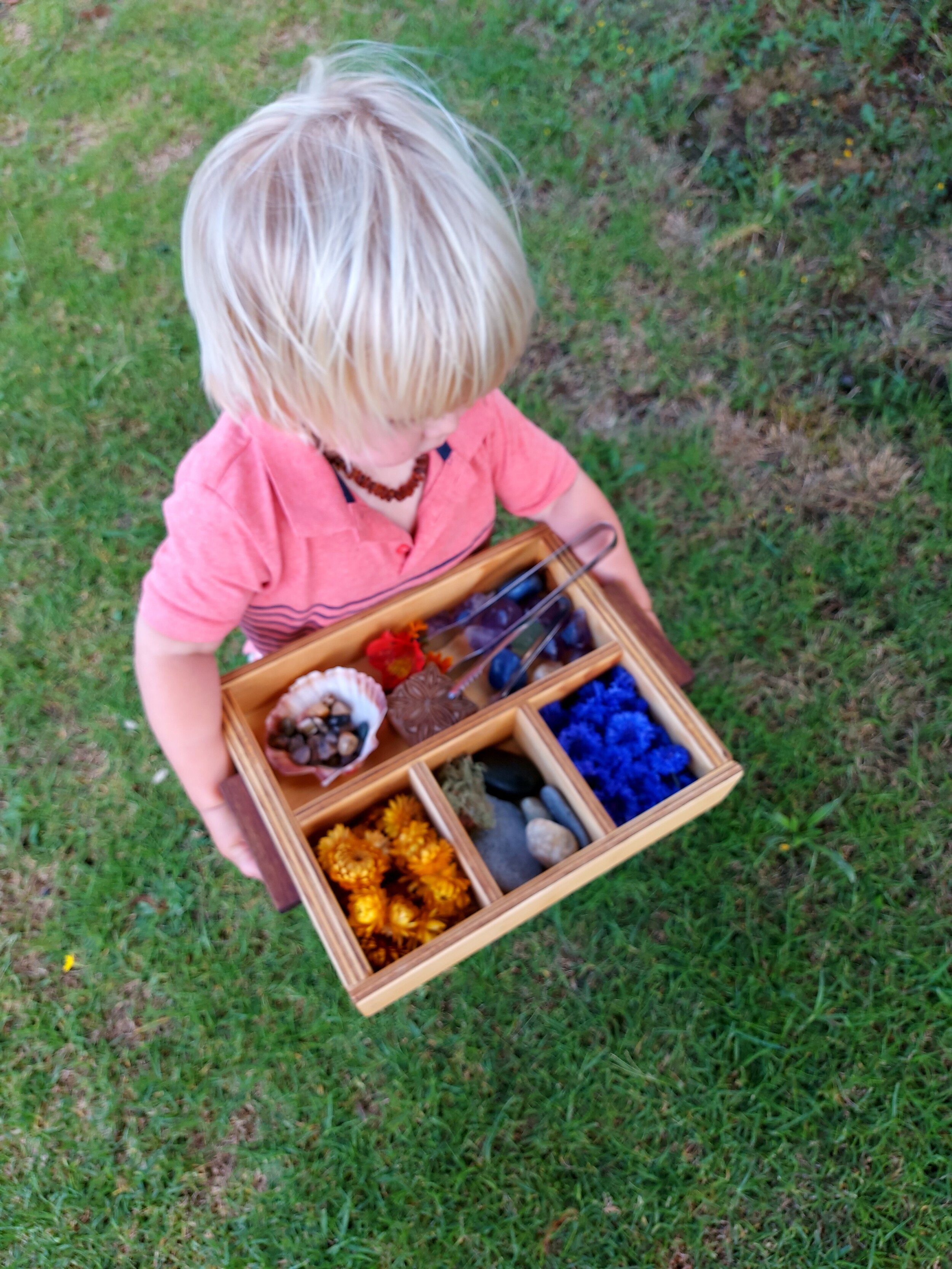
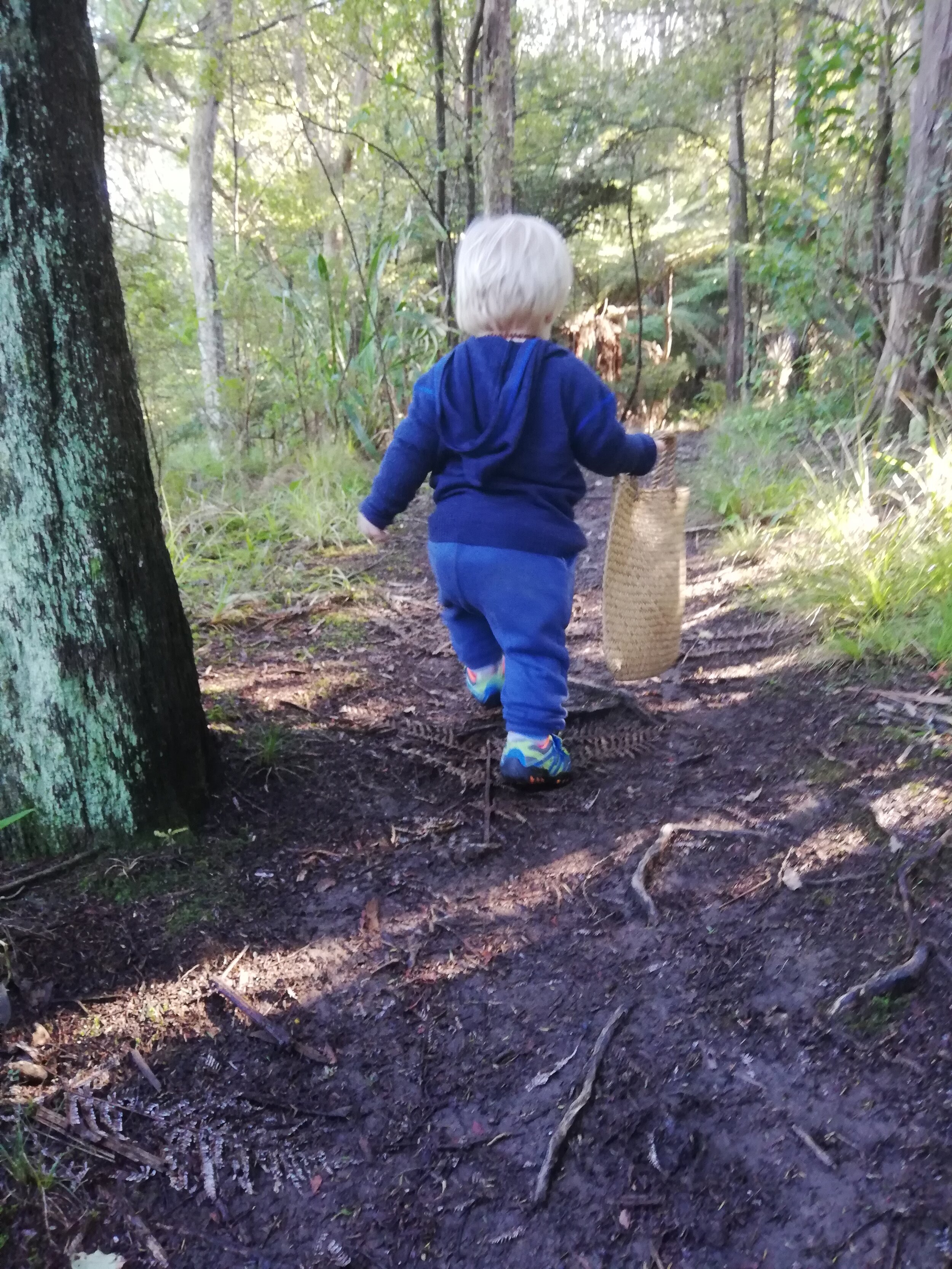
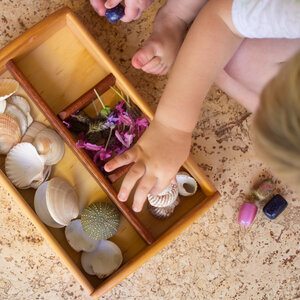
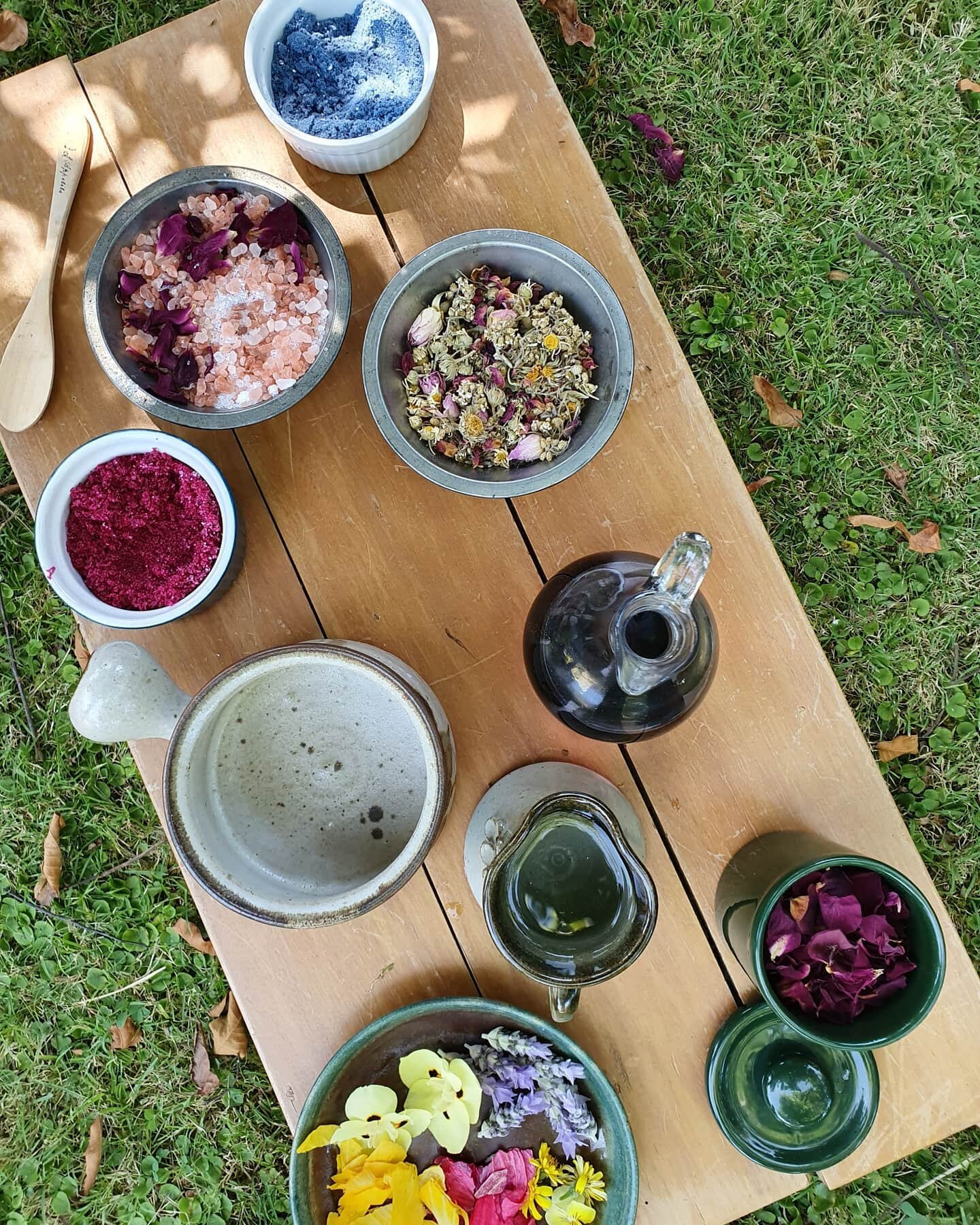
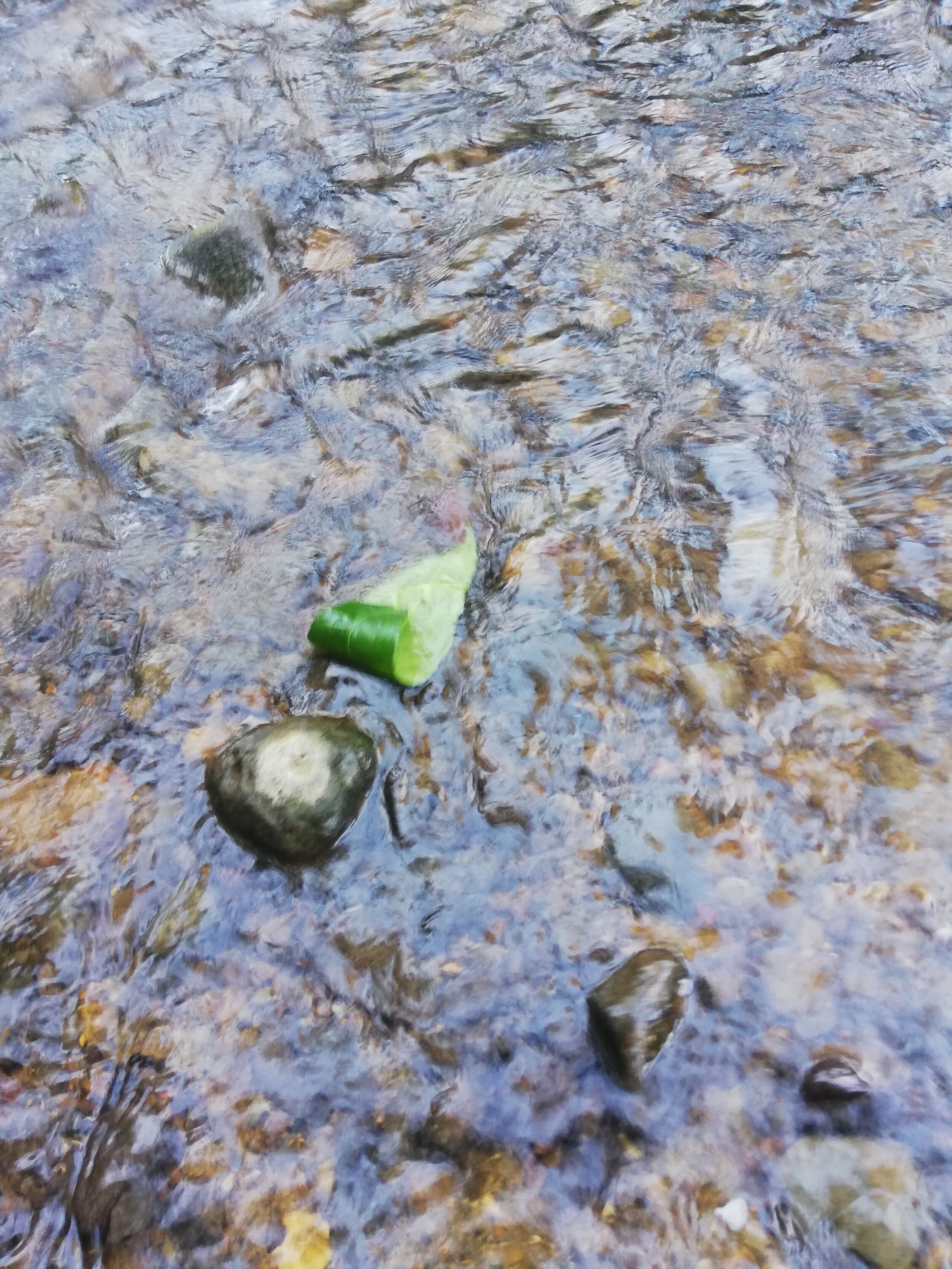
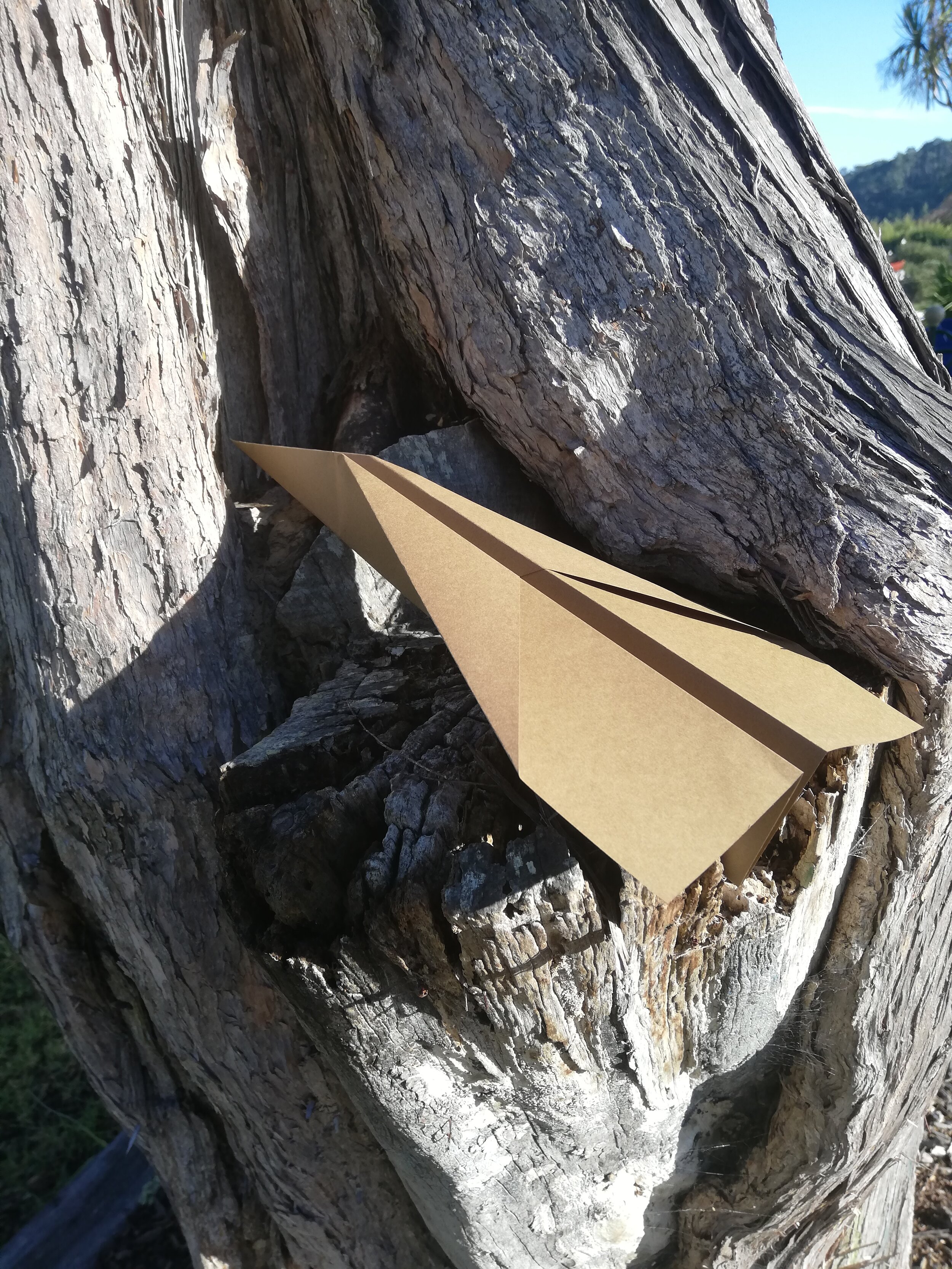
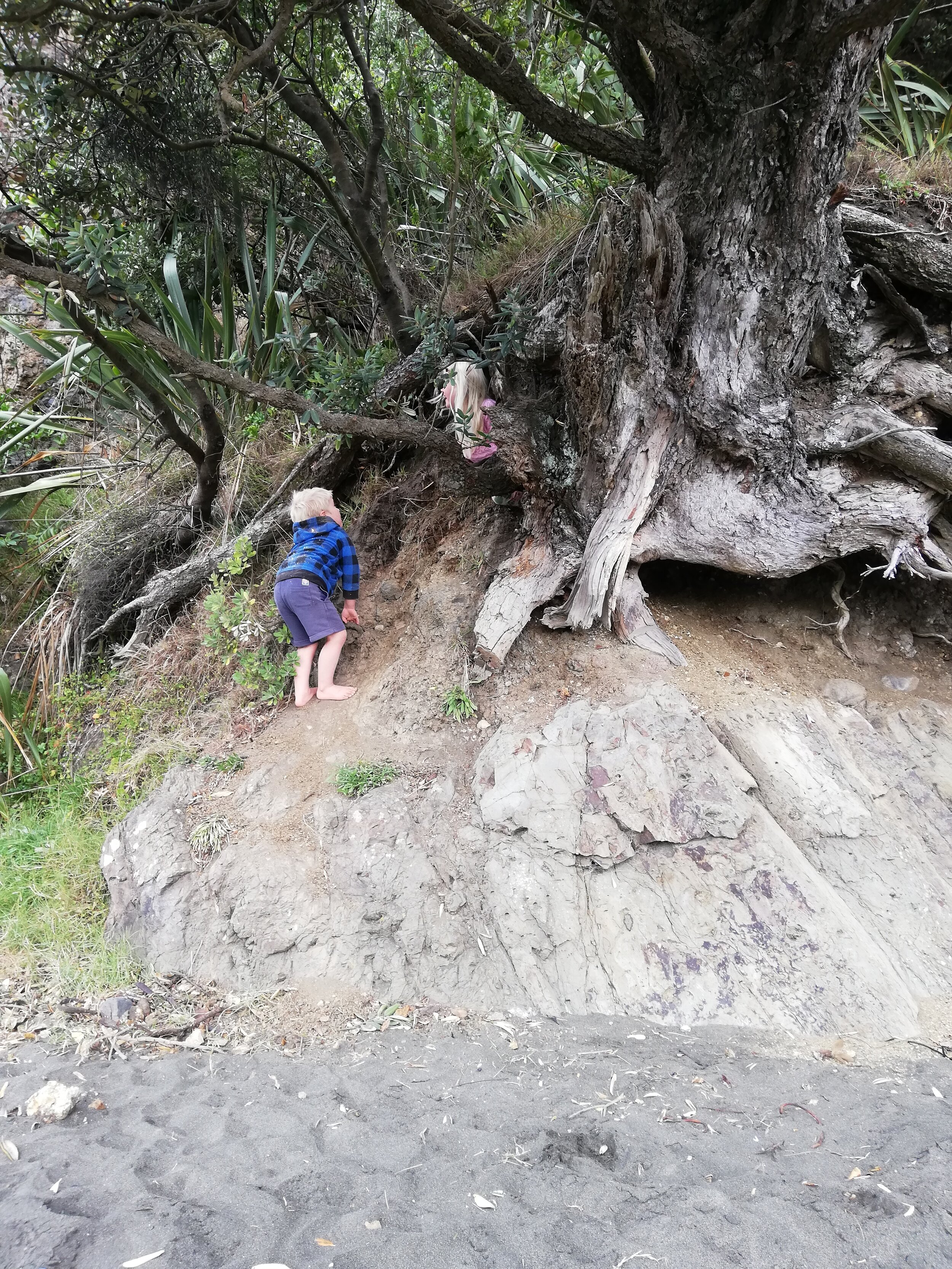
![IMG_20200603_093617[24813].jpg](https://images.squarespace-cdn.com/content/v1/5ddd9e2aeae2890fe71322c4/1591144855286-KHSSALWEUNQVG9D6O2NQ/IMG_20200603_093617%5B24813%5D.jpg)

